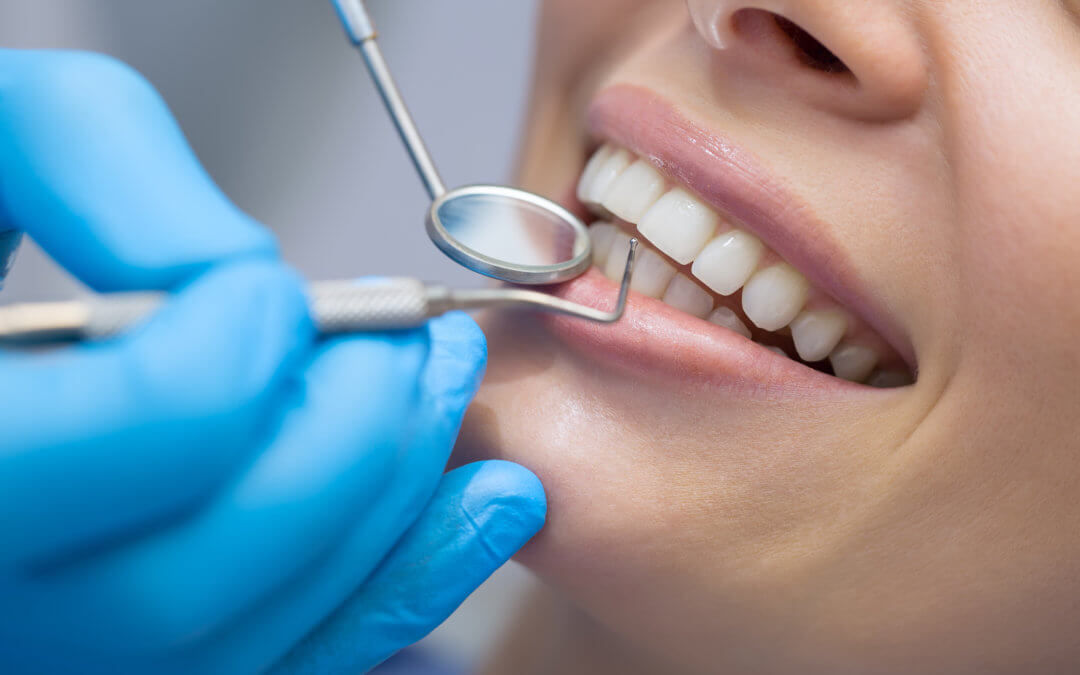Table of Contents
ToggleRestorative dentistry is at the forefront of modern dental care, offering innovative solutions for patients seeking to restore their smiles and improve oral health. Whether it’s due to decay, trauma, or wear and tear, restorative procedures can make a world of difference. The right materials play a critical role in these treatments. As technology advances, the materials used in restorative dentistry evolve too.
In Phoenix, where quality dental care is paramount, understanding these cutting-edge materials can help you make informed choices about your dental treatment. Join us as we explore the top five advanced materials shaping the future of restorative dentistry today!
Importance of Advanced Materials in Restorative Dentistry
Advanced materials play a crucial role in restorative dentistry. They enhance the quality and longevity of dental restorations, ensuring better outcomes for patients.
Modern materials are designed to mimic natural teeth closely. This means they not only look good but also function well. Aesthetic appeal is essential for patient satisfaction, especially in visible areas.
Durability is another significant factor. Advanced materials withstand daily wear and tear much better than traditional options. This leads to fewer replacements and repairs over time, benefiting both patients and dentists.
Moreover, these materials often have improved biocompatibility. Patients can experience less sensitivity or allergic reactions compared to older substances.
Innovative technologies allow for customized solutions tailored to each patient’s needs. With such advancements, practitioners can deliver personalized care that enhances overall oral health.
Composite Resins: Benefits and Uses in Dental Restoration
Composite resins have transformed the landscape of restorative dentistry. These materials combine plastic and fine glass particles, offering a perfect blend of aesthetics and durability.
One major benefit is their tooth-like appearance. Dentists can match composite resins to the natural color of your teeth, making them virtually invisible. This feature is especially important for front teeth restorations.
Moreover, composites bond directly to the tooth structure. This strong adhesion means less drilling is needed during preparation, preserving more of your natural tooth.
They are incredibly versatile too. Composite resins are used in fillings, veneers, and even crowns. Their adaptability makes them suitable for various dental procedures.
With advancements in technology, these materials continue to improve in strength and wear resistance. Patients can trust that their restorations will not only look great but also withstand everyday use effectively.
Zirconia: A Strong and Durable Material for Dental Crowns and Bridges
Zirconia is becoming a favorite in restorative dentistry. Its strength and durability make it an ideal choice for dental crowns and bridges.
This material can withstand significant pressure, making it perfect for molars that endure heavy chewing forces. Unlike metal options, zirconia also boasts a natural appearance, blending seamlessly with surrounding teeth.
Its biocompatibility ensures that patients experience minimal sensitivity or adverse reactions. Dentists appreciate its ease of use during the fabrication process as well.
Moreover, zirconia can be customized to match any tooth shade. This allows for more aesthetic restorations without sacrificing function.
With advancements in technology, zirconia has evolved into a reliable option for long-lasting dental solutions. Many clinics specializing in restorative dentistry in Phoenix are incorporating this remarkable material into their practice to provide superior results.
CAD/CAM Technology: Revolutionizing Restorative Dentistry with Customized Prosthetics
CAD/CAM technology is transforming restorative dentistry into a highly precise and efficient field. This digital innovation allows dentists to create customized prosthetics tailored specifically for each patient’s unique dental structure.
With computer-aided design (CAD), practitioners can craft detailed 3D models of crowns, bridges, and veneers. This precision leads to better-fitting restorations that enhance both comfort and aesthetics.
The manufacturing process benefits from computer-aided manufacturing (CAM), which produces these custom pieces with exceptional accuracy using milling machines or 3D printers. The turnaround time has significantly decreased, allowing patients in Phoenix to receive quality care more quickly.
By integrating CAD/CAM technology into their practices, dentists are elevating the standards of restorative procedures while maximizing patient satisfaction. The result is a seamless blend of artistry and science that meets modern expectations in oral health care.
Glass Ionomers: The Versatile Material for Fillings, Sealants, and Liners
Glass ionomers are a remarkable material in restorative dentistry, praised for their versatility. These materials bond well to both tooth structure and dental surfaces, making them ideal for various applications.
One of the standout features is their fluoride release capability. This property helps in preventing secondary decay around fillings, providing long-term benefits to patients.
They are particularly useful as fillings in areas that experience less stress, such as pediatric dentistry or non-load-bearing sites. Their ability to function effectively as sealants also enhances protection against cavities.
Additionally, glass ionomers can serve as liners under more robust restorative materials. This dual role showcases their adaptability within different treatment protocols while ensuring patient safety and comfort.
The aesthetic appeal of glass ionomer blends seamlessly with natural tooth structures, allowing for discreet restoration options that look just like real teeth.
Porcelain: The Go
Porcelain: The Go-To Material for Aesthetic Restorations
Porcelain stands as a trusted choice in restorative dentistry, particularly when aesthetics are paramount. This material closely mimics the appearance of natural teeth, making it ideal for veneers and crowns. Its translucence allows light to pass through similarly to enamel, creating a lifelike finish.
One of the significant advantages of porcelain is its resistance to staining. Patients seeking long-lasting beauty often prefer this material because it maintains its color over time, unlike some composites that may discolor with age or exposure to certain foods and beverages.
Moreover, advances in porcelain technology have led to stronger formulations that withstand daily wear while offering excellent biocompatibility. This means fewer allergic reactions or sensitivities for patients.
As dental practices in Phoenix adopt these advanced materials, they ensure their patients receive top-notch care combined with aesthetically pleasing results. When considering restorative options, porcelain remains at the forefront—combining functionality with an unmatched visual appeal that keeps smiles radiant and healthy.




